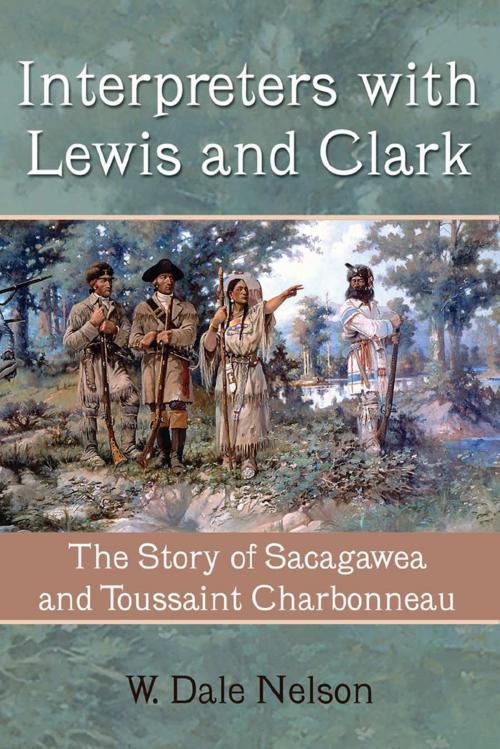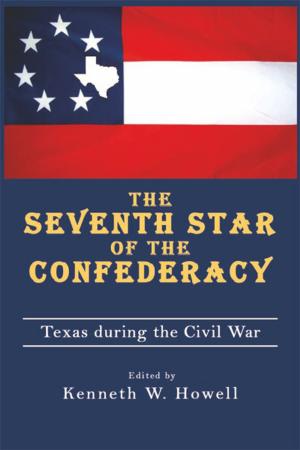Interpreters with Lewis and Clark
The Story of Sacagawea and Toussaint Charbonneau
Nonfiction, History, Americas, United States, 19th Century, Biography & Memoir, Historical| Author: | W. Dale Nelson | ISBN: | 9781574414226 |
| Publisher: | University of North Texas Press | Publication: | August 15, 2003 |
| Imprint: | Language: | English |
| Author: | W. Dale Nelson |
| ISBN: | 9781574414226 |
| Publisher: | University of North Texas Press |
| Publication: | August 15, 2003 |
| Imprint: | |
| Language: | English |
When interpreter Toussaint Charbonneau, a French Canadian fur trader living among the Hidatsas, and his Shoshone Indian wife, Sacagawea, joined the Lewis and Clark expedition in 1804, they headed into country largely unknown to them, as it was to Thomas Jefferson's hand-picked explorers. There is little doubt as to the importance of Sacagawea's presence on the journey. She has become a near-legendary figure for her role as interpreter, guide, and "token of peace." Toussaint, however, has been maligned in both fiction and nonfiction alikeLewis himself called him a man of no peculiar merit. W. Dale Nelson offers a frank and honest portrayal of Toussaint, suggesting his character has perhaps been judged too harshly. He was indeed valuable as an interpreter and no doubt helpful with his knowledge of the Indian tribes the group encountered. For example, Toussaint proved his worth in negotiations with the Shoshones for much-needed horses, and with his experience as a fur trader, he always seemed to strike a better bargain than his companions. During the expedition Sacagawea gave birth to a son, Jean Baptiste. With her death in 1812, Clark assumed custody of her son and Toussaint returned to his life on the upper Missouri. Surviving his wife by almost three decades, Toussaint worked under Clark (then Superintendent of Indian Affairs in St. Louis) as an interpreter for government officials, explorers, artists, and visiting dignitaries. Jean Baptiste traveled the Rocky Mountains as a mountain man, was a scout during the Mexican American War, and served as mayor and judge for the San Luis Rey Mission.
When interpreter Toussaint Charbonneau, a French Canadian fur trader living among the Hidatsas, and his Shoshone Indian wife, Sacagawea, joined the Lewis and Clark expedition in 1804, they headed into country largely unknown to them, as it was to Thomas Jefferson's hand-picked explorers. There is little doubt as to the importance of Sacagawea's presence on the journey. She has become a near-legendary figure for her role as interpreter, guide, and "token of peace." Toussaint, however, has been maligned in both fiction and nonfiction alikeLewis himself called him a man of no peculiar merit. W. Dale Nelson offers a frank and honest portrayal of Toussaint, suggesting his character has perhaps been judged too harshly. He was indeed valuable as an interpreter and no doubt helpful with his knowledge of the Indian tribes the group encountered. For example, Toussaint proved his worth in negotiations with the Shoshones for much-needed horses, and with his experience as a fur trader, he always seemed to strike a better bargain than his companions. During the expedition Sacagawea gave birth to a son, Jean Baptiste. With her death in 1812, Clark assumed custody of her son and Toussaint returned to his life on the upper Missouri. Surviving his wife by almost three decades, Toussaint worked under Clark (then Superintendent of Indian Affairs in St. Louis) as an interpreter for government officials, explorers, artists, and visiting dignitaries. Jean Baptiste traveled the Rocky Mountains as a mountain man, was a scout during the Mexican American War, and served as mayor and judge for the San Luis Rey Mission.















